If you almost never had the time to expand your automobile vocabulary, now is a perfect time! Today, we gathered everything you will need to know about one of the most disregard car features. It’s also something that a lot of vehicle owners usually take for granted.
We’re talking about the regenerative brake feature. But what is this “regenerative braking,” and what is it supposed to do? How does this work? Should this be a standard in all vehicles, even in the Philippines? Get all the answers you seek in this article from Philkotse.com:
1. What is regenerative braking?
The process called regenerative braking is a mechanism that recovers energy. It slows down an object (or in this case, a vehicle) and converts the kinetic energy to another form. This form can be utilized later on or immediately after it’s absorbed.
How does Regenerative Braking Work? - Electric car Braking Explained
2. The concept of regenerative braking
Every single time you try to stop or slow down your car using the brakes, you are wasting energy. According to physics, energy can not be destroyed. Whenever your vehicle stop, the kinetic energy driving it forward goes somewhere. Most of this energy usually just turns to heat and disappears.
Bottom line, the energy that could have been used to do more work is now wasted. So, is there anything you can do about this as a driver and car owner? The answer is usually a no. But car owners can’t really do anything about this.
The experts won’t settle for that, however, so they took the matter into their own hands. Somehow, they found a way to capture the kinetic energy of the vehicle and turn it into electricity. This stored electricity can be used to recharge the battery of the vehicle. This is what we refer to as “regenerative braking.”
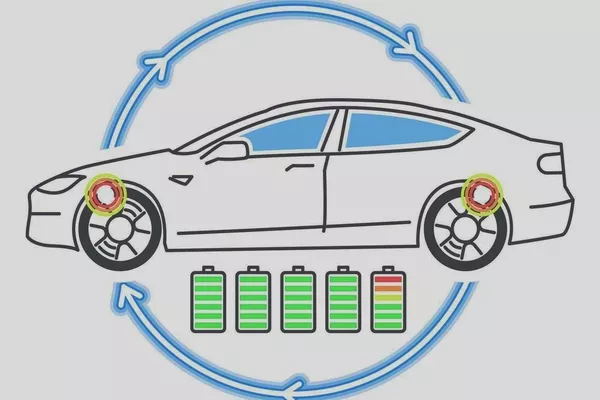
Experts found a way to capture the kinetic energy of the vehicle and turn it into electricity
>>> Recommended article: Electronic Brake Force Distribution and what you need to know.
3. The traditional braking system
The traditional way of braking is pretty easy to understand. Whenever you step on the brake pedal, the brake pad underneath produces friction. This friction is applied to the brake rotors, and this slows down or stops the vehicle.
There is also additional friction involved whenever you try to slow down, and the wheel is in contact with the road. This is the friction that’s responsible for turning the energy to heat. With vehicles that have regenerative brakes, the system that runs the vehicle is mainly responsible for braking.
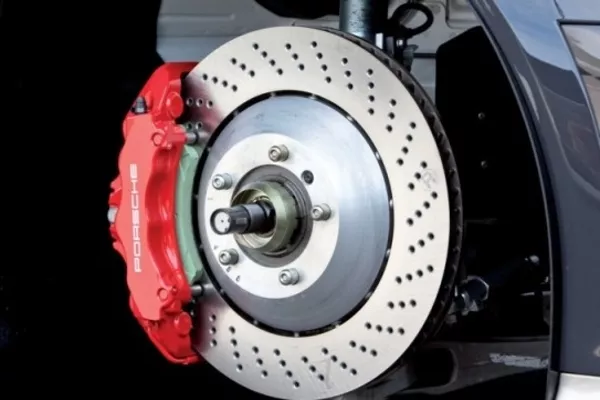
The traditional way of braking is pretty easy to understand
>>> Check out: All you need to know about ABS - Anti-lock braking system.
4. The regenerative braking circuits
Regenerative braking is present in vehicles that are equipped with electric motors. The usual choices are hybrid electric vehicles and fully electric ones. There is an interesting mechanism in an electric motor that makes it ideal for regenerative braking. When it moves towards a particular direction, it can convert electrical energy to mechanical energy.
Mechanical energy is used to perform tasks that make the car run. Some examples of these tasks are turning the car’s wheels. But when the motor runs in the opposite direction, it turns to an electric generator that can then convert the mechanical energy to electrical energy. The collected electric energy can be fed to the charging system to power the car’s batteries.

Regenerative braking is present in vehicles that are equipped with electric motors
5. Regenerative braking system and how it works
The trick to getting your motor to run backward in a regenerative braking system is to utilize the car’s momentum. The mechanical energy from this will put the motor to reverse.
Momentum is what keeps your vehicle moving forward after it’s kicked into motion.
Once the motor has turned to reverse, the electricity that’s generated will be fed back to the batteries. This is where the power is used to accelerate the vehicle again once it stops. High-end electronic circuit construction is vital to understanding the timing when the motor can reverse.
A specialized electric circuit, on the other hand, routes the motor-generated electricity to the vehicle’s batteries. There are also instances where the energy is stored in dedicated capacitors for use later on.
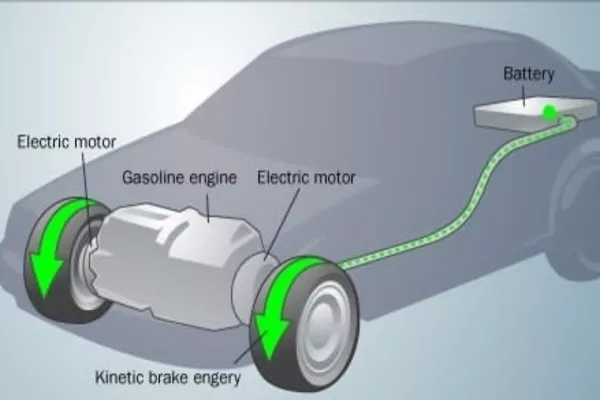
Once the motor has turned to reverse, the electricity that’s generated will be fed back to the batteries
Also, a lot of the vehicles that use this brake come with standard friction braking systems. The system will be responsible for choosing which type of system will be used at the given time.
The driver can also choose a preset according to how he wants the vehicle to react to the driving conditions. For example, there are vehicles that will let the driver select regenerative braking. You can opt for this to happen once you lift your foot from the accelerator pedal.
>>> Also check: So you know: What is Electronic Braking System (EBS)?.
6. Hybrid regenerative braking
How is hybrid regenerative braking different from the regular regenerative brake system? First, hybrid cars utilize both an internal combustion engine and an electric motor. Manufacturers of hybrid cars use the driving capabilities of internal combustion engines. They combine this with the emission-free and fuel-efficient electric motors.
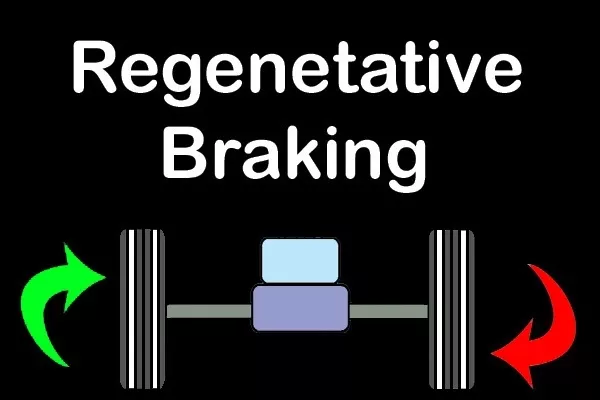
Regenerative braking slows down the vehicle and converts the kinetic energy to another form
If a hybrid vehicle loses all its electric charge, the internal combustion engine will take over. When that happens, the vehicle will no longer be performing as a hybrid car. Instead, it will just be another commonplace fossil-fuel-burning vehicle.
7. Should regenerative braking be a standard?
As we found earlier, regenerative braking is only present in hybrid and electric cars. In the Philippines, we all know how hard it is to purchase a new ride. Try to compare a new car’s price to a hybrid and an electric one to find out how distant they are in price.
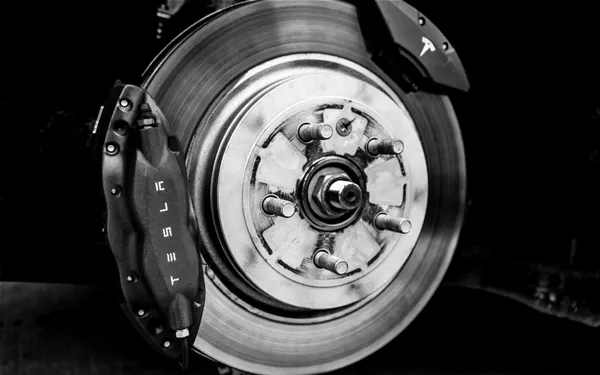
As we found earlier, regenerative braking is only present in hybrid and electric cars
>>> Make sure you know:
- 5 things you should know about hybrid cars.
- Should you buy an Electric Vehicle (EV): Why or Why not?
With that said, a lot of Filipinos are still far from the pay grade that will allow the purchase of these expensive vehicles. If vehicles with regenerative braking systems were to be standardized in the country, tons of people would start commuting instead.
Recent posts
- Organic vs Ceramic brake pads - Which one is the best for your car? Jan 29, 2021
- Safety tips: How to drive when your car brakes are malfunctioned Nov 30, 2022
- 4 rules that every Filipino driver should know about braking Aug 09, 2022
- 7 steps to deal with the car brake noise Nov 30, 2022
- 6 warning signs of a poor braking system Jan 21, 2019












